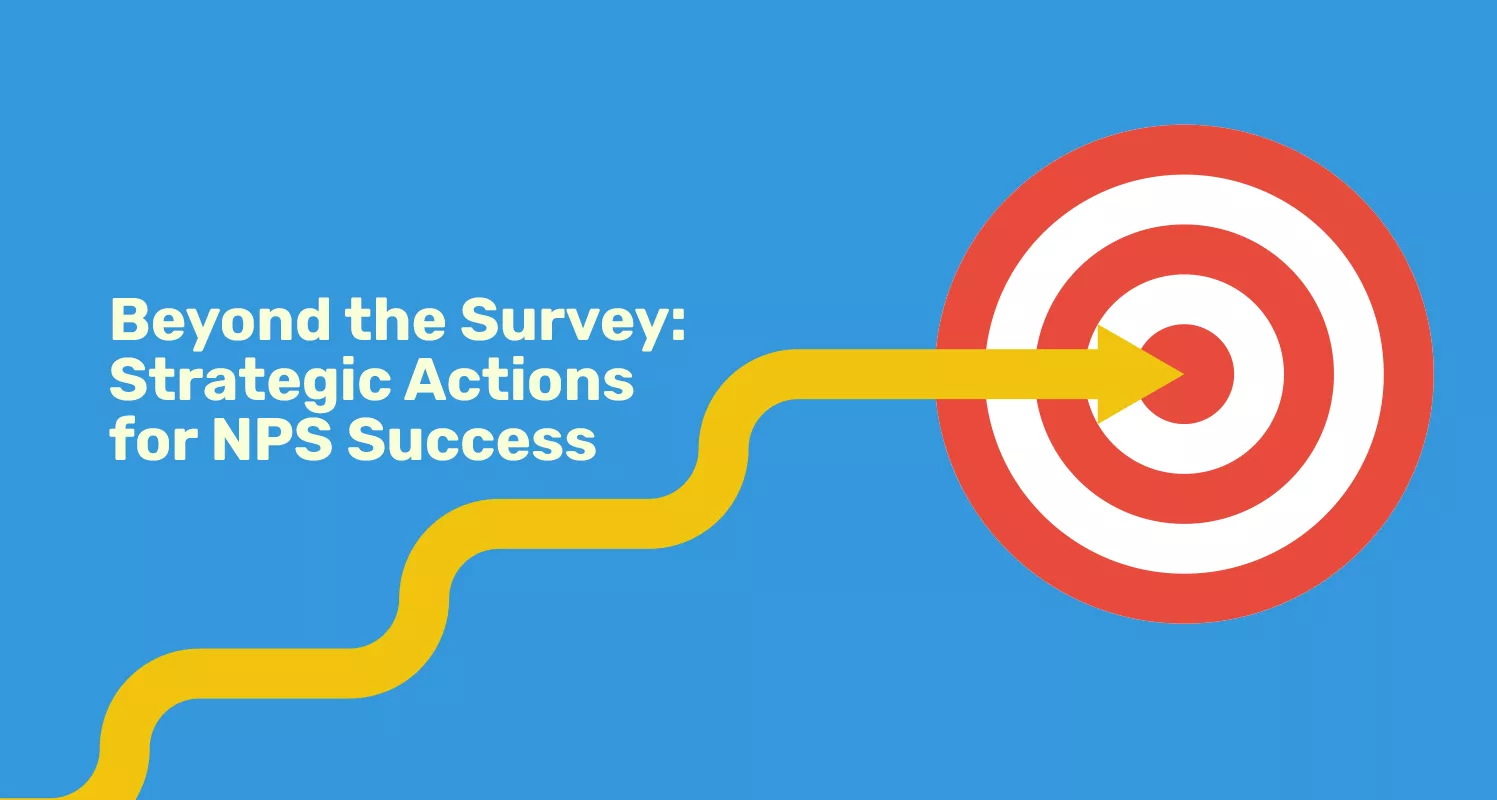
CRM (Customer Relationship Management) is a management approach involving strategic and behavioral aspects, which organizations use to manage their continuous interaction with customers. The term “CRM” goes hand in hand with the idea of CRM systems – a piece of software that facilitates CRM implementation. Thus, customer relationship management systems represent the technological solution aspect of the CRM approach.
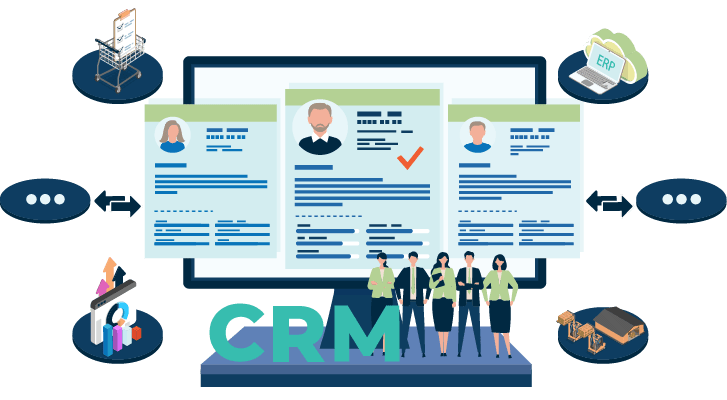
CRM often involves three aspects:
- CRM as a Technology: A technology product that promotes digitalization and records, describes, reports, and analyzes all interactions between a business and its customers. Also called a customer relationship management program, software, system, or solution.
- CRM as a Strategy: A management approach that a business develops and implements to manage its relations with potential and existing customers.
- CRM as a Process: A sequence of efforts carried out by a business to manage and improve its interactions with customers.
Below are several dictionary definitions of Customer Relationship Management:
1. A management approach that enables the company to establish long-term relationships with its potential and existing customers. (McKinsey & Co)
2. A strategic approach that aims to maximize an organization’s communication with its customers. (Philip Kotler)
3. A business strategy and philosophy supported by technology, business processes, and rules that aim to provide mutual benefit by communicating and interacting with the customer in a manner that establishes trust and transparency. (Paul Greenberg)
4. An approach to understanding and influencing customer behavior with communication tools to acquire new customers, retain existing customers, gain loyalty and increase profitability. (Ronald S. Swift)
CRM systems gathers customer interaction across all communication channels in one place and continuously improves customer service by enabling central management of all customer data, improving the overall customer experience, ensuring customer satisfaction, and retaining customers. In doing so, CRM enables businesses of all sizes to grow and profit.
Who Is the Customer for a CRM Program?
We all know the saying “the customer is always right.” This mentality is especially championed by small and medium-sized enterprises (SMEs). But why are customers indispensable? Who is the customer? In the early 1900s, the term “customer” referred simply to a buyer who bought a certain product or service and paid a certain amount in return. Over time, this definition has changed from merely “purchaser” to “end user.” Even though “customer” is still often defined as a person who buys a product or service, this concept should now be considered from a much broader perspective. If we consider all real and legal persons targeted by organizations as customers, we can list different customer types for different businesses as follows:
- Citizens for public institutions
- Townspeople for municipalities
- Patients for hospitals
- Students and parents for schools and educational institutions
- Volunteers for NGOs
- Subscribers for fixed-term products and services, such as energy companies, newspapers, and magazines
- Members for organizations that require membership, such as e-commerce companies and associations
- Users for apps
- Passengers for transport companies
- Guests for hotels and similar service organizations
- Employees for organizations/companies
Why Do Businesses Use CRM Systems?
CRM is the key to the sustainable commercial success of a business. The biggest reason for this is that CRM enables businesses to increase their sales and continuously improve their customer experience.
Whether you are focused on corporate marketing targeting other companies and organizations (B2B) or selling products and services to end consumers (B2C), every business now automates and digitalizes its customer experience with CRM programs. In fact, a CRM system is indispensable for businesses that operate with the new B2B2C business model, which appeals to both organizations and end users. In short, a CRM program is the backbone of a business, especially for e-commerce platforms such as marketplace applications.
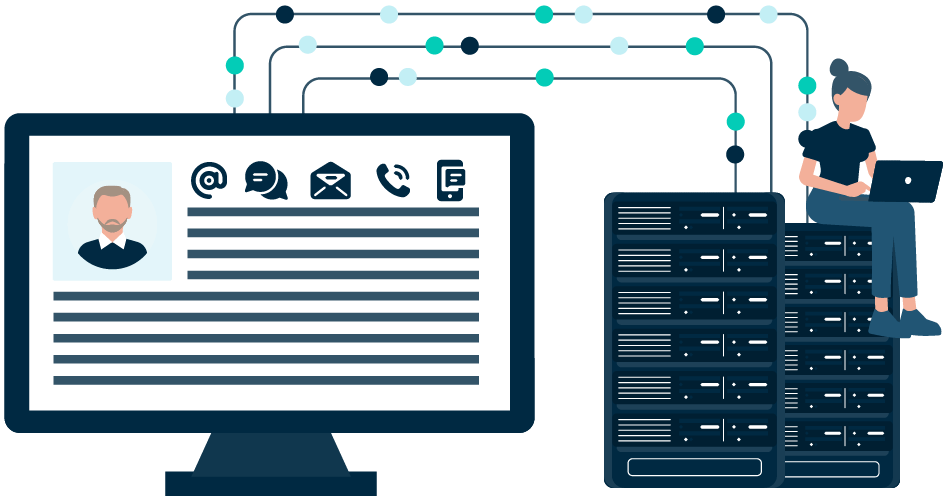
CRM enables a business to deepen its relationships with customers, suppliers, stakeholders, and business partners. Establishing good relationships across your network and monitoring the behavior of potential and existing customers is crucial for customer acquisition and retention, and these are the main functions of a CRM program. All customer interactions can be accessed from a single point that can be customized for your organization, enabling you to see a specific customer’s history, including orders, requests, service records, complaints, and much more.
Every company needs a viable strategy to ensure business sustainability and stride confidently into the future. Hence, for visionary businesses, CRM is vital. Additionally, with today’s widespread use of cloud-based CRM, businesses of all sizes can easily take advantage of this technology. A dentist, for instance, can utilize CRM to improve their interactions and communications with patients. Similarly, a logistics company can make use of CRM to streamline their operations across a wide regional network, as can an international telecom operator that has millions of customers.
What Are the Benefits of a CRM Program?
CRM Increases Sales: CRM makes it easier to create, implement, and manage a sales process. Automating sales and marketing tasks and presenting analyzable sales data leads to increased sales and efficiency. Presenting the right offer to the right customer at the right time boosts sales even further.
CRM Ensures Customer Retention: Retention rates are the most important criteria for a company’s commercial success; loss of customers is the biggest obstacle to business growth. CRM tools increase customer retention by offering permanent solutions to customers’ problems. Customer life cycle analyses and root cause analyses of problems help identify areas of improvement to create permanent solutions.
CRM Promotes Efficiency: Managing all major daily marketing and sales activities from a single point facilitates collaboration between internal and external teams. It also enhances coordination for all tasks performed within the project management discipline. Task-oriented analyses help produce deep insights into the company’s way of doing business and contribute to the continuous optimization of business processes.
CRM Improves Customer Experience: A CRM system collects and manages all customer information to profile every individual with whom an interaction occurs. Customer data from all sources and communication channels are consolidated on the system, making it possible to analyze customer behavior. This enables you to really get to know your customers; manage all sales, marketing, and after-sales activities; and define and continuously improve all steps to strengthen customer loyalty.
CRM Simplifies Sharing of Knowledge: Miscommunication caused by lack of information, whether with customers or employees, leads to wasted time and damaged reputation. The information tools of CRM systems provide easy access to information and help create a collaborative corporate culture. Communication with team members and customers becomes smoother and more transparent.
CRM Improves Transparency: CRM offers more transparency by recording all tasks related to customer issues and defining the responsibilities of everyone involved. A corporate platform where all activities from sales to customer service are managed and monitored encourages collaboration and visible performance measurement and management.
CRM systems make life easier. They are critical to the survival and growth of businesses. Today, the vast majority of sales organizations around the world use CRM for various operational reasons. However, CRM applications are now preferred for more strategic functions, such as customer retention, especially considering digital transformation processes.
High-performing teams use CRM to automate a significant portion of their sales and marketing activities. Thanks to functions such as marketing automation, CRM programs seamlessly perform many heavy-workload tasks using artificial intelligence. CRM programs also enrich the customer experience by integrating customer interactions across all communication channels in today’s omnichannel communication landscape.
Seamless collaboration between the marketing and sales teams is now more critical than ever. CRM software is the perfect solution to help organizations achieve this goal, as it paves the way for users and stakeholders to communicate more effectively and transparently. Perhaps most importantly, innovative CRM solutions like next4biz enable rapidly growing sales teams to manage complex workflows. CRM software facilitates the orchestration of your team, maximizes efficiency, and eliminates unnecessary workloads.
What Does a CRM Program Do?
A CRM program enables businesses to consolidate customer data. Instead of preparing separate customer data tables for different units and departments, the organization can use deduplicated and consistent customer data via a centralized CRM software. This facilitates the management of up-to-date and accurate customer data from a single point. In cases where more than one unit or employee interacts with the same customer, CRM ensures that each user is informed regularly and simultaneously for the entire interaction.
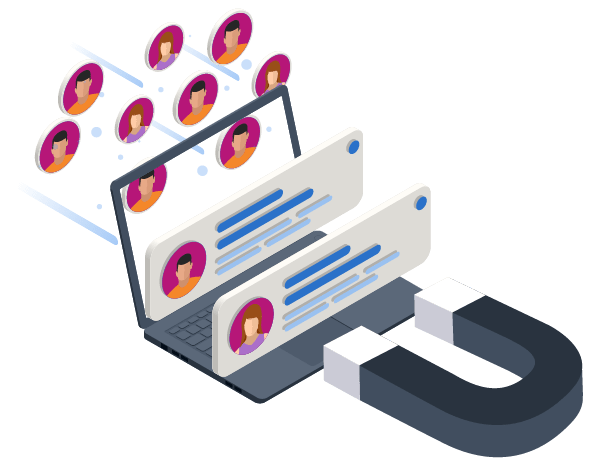
CRM programs are the key to following the digital footprints of customers and creating meaningful and valuable business results in the face of modern, rapidly digitalizing interactions. In fact, the secret to carrying out large marketing operations with smaller teams is CRM’s AI-powered automation features, which are based on business rules.
When you set up a particular business rule, the CRM system automatically performs various marketing activities for you whenever certain events occur.
For the sales, marketing, and customer service teams to smoothly carry out their daily tasks, a CRM system enables the central management of task assignments and performance tracking for users inside and outside the organization.
With their sales and opportunity management features, CRM programs stand out as the key solutions for defining different types of sales processes and monitoring them end-to-end. CRM allows for the step-by-step following and reporting of those responsible for a sales opportunity, the current step of that opportunity, the sales probability data, the required actions to take the opportunity to the next step, and the sales potential.
It’s clear that CRM is the best technological asset companies can invest in. The ever-increasing importance of cloud CRM systems and the ease with which CRMs can be integrated with other business applications leads to reduced costs and the ability to monitor all workflows, which ultimately generates more sales.
In general, CRM systems are designed to facilitate and improve customer interaction, sales, and marketing campaigns. This is achieved by enhancing efficiency, automating tasks, and analyzing data in customer service workflows and sales processes. A strong CRM strategy brings an “all-in-one” solution for managing customer engagement across all touchpoints of sales, marketing, and customer service teams. It helps monitor potential and existing customers, customer needs, quotes, and customer re-engagement processes from a single point, optimize product/service websites, and boost the effectiveness of advertising campaigns.
This change improves the mechanism behind business management and significantly increases brand awareness among your customer base and even wider audiences.
Features such as data monitoring and business-rule-based marketing automation stand out as the biggest advantages of CRM platforms today. Moreover, modern machine learning technology enables AI to carry out some intensive operational work that would otherwise be undertaken by human personnel. This saves time and empowers the company’s human capital to create more added value in the strategic functions.
When Should You Start Using CRM Software?
Most start-ups and small businesses start by communicating with leads via face-to-face interactions, email, or phone, while keeping their list of customers in a spreadsheet. This method may suffice when you’re just getting started, but will quickly become unwieldy. For a company that wants to institutionalize and expand its business, it will soon become impossible to monitor customer-related processes with these conventional methods. Additionally, storing your customers’ data on different platforms causes inconsistencies. Sometimes, skipping a change in records might result in the business missing out on a major opportunity, or the customers taking their business elsewhere. This is also detrimental to team performance. Creating all-around customer evaluations requires the consolidation of data from different touchpoints. For instance, if the sales team’s note concerning a customer’s billing expectations is not delivered to accounting in the right way and at the right time, the company may pay the price by losing the customer.
With conventional solutions, it is not possible to keep information up-to-date, integrate and intertwine it with corporate systems, follow the customer’s digital footprints, and turn them into business results. All this can only be achieved with a CRM program.
CRM also reduces the business problems that employee dependency can create. Thanks to CRM records, the status of current opportunities is monitored instantly, and all communication and interaction activities are managed and monitored. The work of the sales team is checked and reported. CRM therefore eliminates potential risks in the sales and marketing process and keeps everything under record so that new teammates can manage a sale without losing sight of any details.
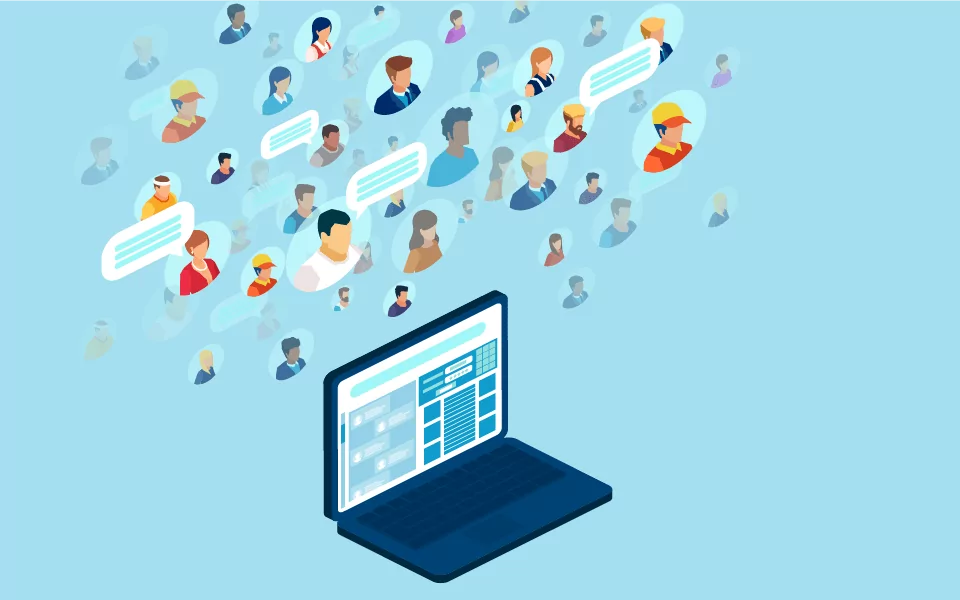
In short, the best time to start using CRM software is right now. While it’s possible to manage without a CRM system for a while, it is better to start using one as soon as possible than to wait for problems to grow and worsen.
Why Should You Choose Cloud-Based CRM Software?
Though CRM software has been around since the 1980s, it first began to evolve into the cloud-based systems we know today in the early 2000s. Since their emergence, CRMs have evolved from digital recording systems to fully mobile, cloud-based systems that can integrate with hundreds of different applications and software. They save time, increase efficiency, reduce operational errors, and accelerate the sales process. CRMs store tons of information, including basic contact information and customer records. When a customer visits your company’s website, reads an email, or interacts with the business, the corresponding data can be monitored down to the smallest detail. Plus, thanks to integration with the cloud, CRM can be securely accessed from anywhere with internet access, meeting the requirements of today’s remote or hybrid working models and enabling effective coordination with all teammates around the world.
In addition to ease of access, cloud-based CRM systems offer many software management benefits, such as data backup, secure data storage, system and service continuity, and keeping the application up-to-date.
Which Performance Criteria Can Be Measured with a CRM System?
The health of an organization should be evaluated in the most objective way possible regarding certain basic performance criteria. A CRM system can give this information and help the organization achieve sustainable commercial success. Below are some of the factors that CRM can track:
- Service level realization rate
- Average issue resolution time
- Average waiting time
- Customer satisfaction rate
- First contact response rate
- Lead conversion rate
- Missed sale rate in the sales phase
- New net income
- Customer lifetime value
- Consent-based emailing list growth rate
- Customer’s lifetime average in the sales phase
- Average opportunity process lifetime
- Opportunity conversion rate
- Upselling rate
- Customer loss rate
- Customer acquisition cost
- Campaign message read rate
- Clickthrough rate
- Campaign turnover impact rate
- Net promoter score
How to Choose the Right CRM?
Choosing the right CRM program depends on a number of factors:
Product Features: The product’s features should meet the business needs of today and tomorrow and constantly update itself.
Adaptation and Customization: Technical teams, consultancy, and technical knowledge should not be required to adapt or update the software to reflect current business needs.
Scalability: No usage or performance problems should occur as the sales, marketing, and customer service teams grow.
User Experience: User interfaces should be easily customizable and easy to understand, with a straightforward and simple interface architecture.
Technical Support: The product should come with high technical solution competence and strong support service.
Compliance with Legal Standards: The product should comply with local legal and international standards of the countries served.
Integration Flexibility: The product should easily integrate with other corporate applications.
What Can’t CRM Do?
Customer relationship management programs have not been designed to support operational functions, such as production and resource planning, stock and storage management, and finance and accounting management. However, they can operate in integration with such systems.
At the same time, all sales, marketing, and customer service activities must be recorded in CRM for it to produce effective results. If a potential customer hasn’t been recorded by users, if customer data has not been transferred to the CRM system, or if customer requests and questions have not been resolved in the CRM system, it will be less effective.
In the field of customer relationship management technologies, certain CRM software is used only for analytical data management while others are utilized to manage social media interactions. An all-in-one integrated CRM program such as next4biz offers end-to-end customer service management as well as key features such as sales and marketing automation, digital behavior analysis, digital campaign management, and opportunity management to help organizations manage their entire business more efficiently.
Which Business Functions Benefit from CRM?
The best part about customer relationship management software is that it is open to almost any organizational unit, from sales, marketing, and customer service to human resources, recruitment, and business development. A strong CRM software offers the most efficient way to manage any customer relationship.
Keeping all customer information in one place, recording and analyzing customer requests categorically, identifying sales opportunities, and managing digital marketing campaigns – these are just some of the features that CRM offers. Since CRM provides easy access to all kinds of customer information, it becomes much easier for users to collaborate on different processes and improve efficiency. Perhaps the most critical factor to consider when deciding on CRM software is that the software should be a suitable solution for businesses of all sizes, whether it’s a one-man enterprise or an organization with thousands of employees.

What Are the Benefits of Process-Based CRM?
The momentum of digital transformation makes the use of process-based CRM software an absolute necessity. The aim of process management is to optimize operational functions to enhance organizational efficiency and achieve goals. Process management, in the most general sense, is about creating workflows that define how, by whom, and in what sequence tasks will be performed; automating these flows with business rules; and operating, monitoring, reporting, and continuously optimizing the whole process.
Process-based customer relationship management software makes it easy for businesses to keep up with the pace of change and transformation. It reduces processing times by granting users instant access to all the important information they need. It ensures that all organizational elements work in harmony to continuously improve operational performance.
The tangible benefits of using process-oriented CRM in sales, marketing, and customer service can be condensed into the following categories:
- Institutionalization: Clarifying job descriptions and areas of responsibility, digitizing and recording all information;
- Transparency: Being able to clearly monitor who is doing what, at what step, and for how long;
- Scalability: Reportability of all performance results;
- Efficiency: Achieving more business results in a shorter time;
- Flexibility: Accelerating the adaption to change;
- Saving: Achieving cost optimization by way of identifying unnecessary workloads;
- Convenience: Simplifying access to information;
- Security: Managing data access and operating policies with digital control tools.

